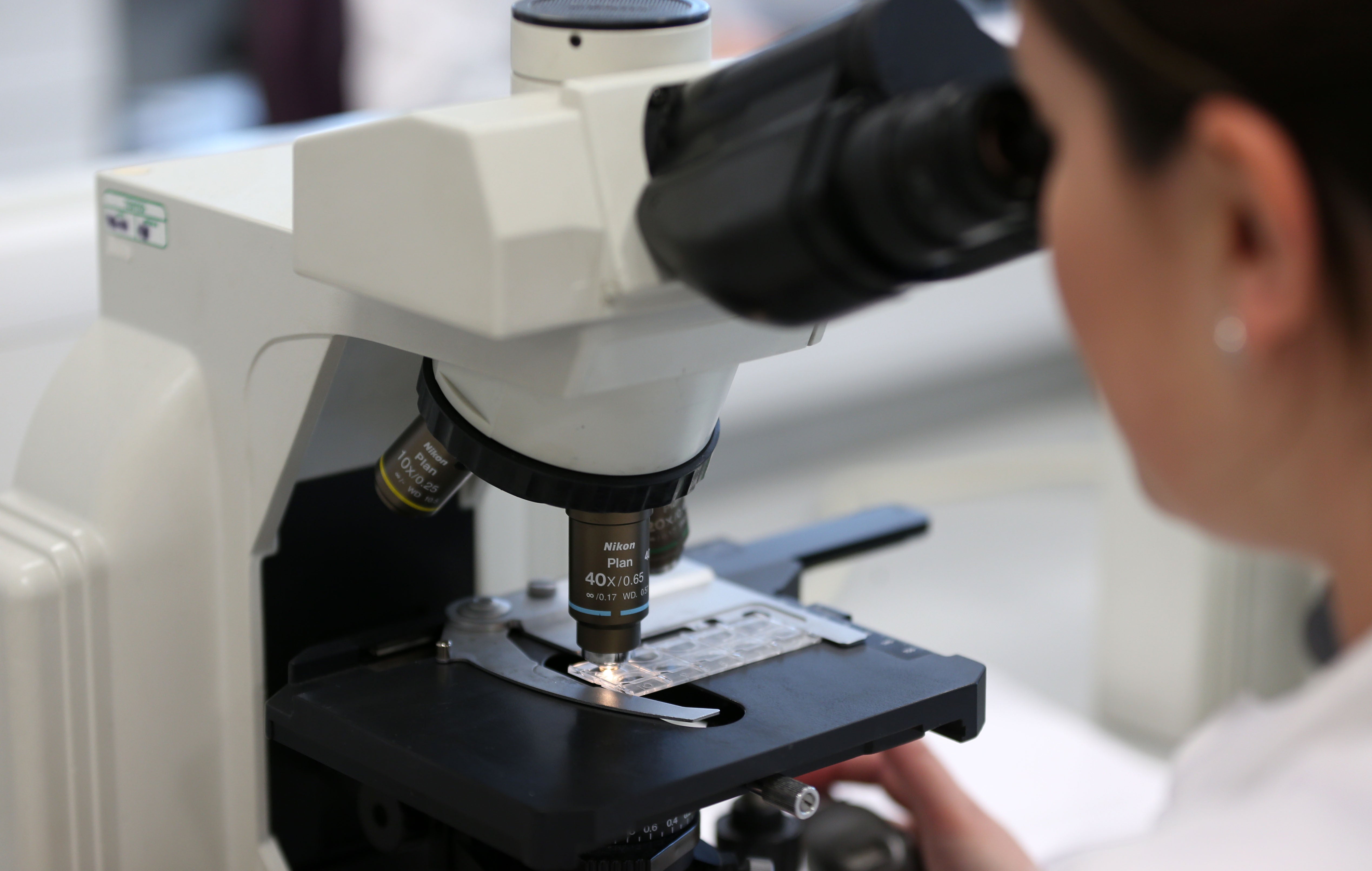Outbreak of hepatitis in young children ‘not linked to Covid-19’
In the UK, most of the 268 children affected by sudden-onset hepatitis have been aged under five.

Your support helps us to tell the story
From reproductive rights to climate change to Big Tech, The Independent is on the ground when the story is developing. Whether it's investigating the financials of Elon Musk's pro-Trump PAC or producing our latest documentary, 'The A Word', which shines a light on the American women fighting for reproductive rights, we know how important it is to parse out the facts from the messaging.
At such a critical moment in US history, we need reporters on the ground. Your donation allows us to keep sending journalists to speak to both sides of the story.
The Independent is trusted by Americans across the entire political spectrum. And unlike many other quality news outlets, we choose not to lock Americans out of our reporting and analysis with paywalls. We believe quality journalism should be available to everyone, paid for by those who can afford it.
Your support makes all the difference.The outbreak of acute hepatitis in young children is not linked to Covid-19, researchers have said.
In two independent research papers, scientists concluded that the rise is actually connected to the common adeno-associated virus 2, or AAV2.
AAV2 is not known to normally cause disease on its own and often accompanies infection with adenoviruses. These can cause cold or flu-like illness.
Experts said they could not completely exclude the chance that affected children had somehow developed increased susceptibility to getting sick, but they said this was extremely unlikely to be caused by Covid-19.
In the UK, most of the 268 children affected by sudden-onset hepatitis have been aged under five, with nearly 40% of children taken to hospital needing intensive care.
While we still have some unanswered questions about exactly what led to this spike in acute hepatitis, we hope these results can reassure parents concerned about Covid-19
In total, at least 1,000 cases have been reported worldwide.
Two new studies, which have yet to be peer-reviewed, have now been published led by the University of Glasgow and Great Ormond Street Hospital (GOSH) in London.
Researchers found that AAV2, which cannot replicate without a “helper” virus such as an adenovirus, was present in all nine cases in the Glasgow study and 94% (16 of 17) of cases in the GOSH study.
The 94% is significantly higher than the 16% normally found in the general population.
The scientists therefore believe that dual infection infection with AAV2 and an adenovirus, or possibly a herpes virus HHV6, may offer the best explanation for the onset of severe liver disease in affected children.
Both teams said the rise in adenovirus infections after Covid-19 lockdowns may have contributed to the outbreak, owing to the fact children had lower immunity levels from staying indoors and were not coming into contact with the normal range of viruses.
Professor Judy Breuer, honorary consultant virologist at GOSH, said: “While we still have some unanswered questions about exactly what led to this spike in acute hepatitis, we hope these results can reassure parents concerned about Covid-19 as neither teams have found any direct link with SARS-CoV-2 infection.
There are many unanswered questions and larger studies are urgently needed to investigate the role of AAV2 in paediatric hepatitis cases
“Our data do, however, point to AAV2 in the liver and/or blood of cases as the strongest biomarker for the hepatitis.
“Additionally, the presence of HHV6 and adenovirus in the damaged livers, removed from the five children who needed liver transplants, raises questions as to the role of co-infections with these three viruses in the most severe cases.”
The Scottish study also examined the genetics of affected children to find out whether any of them may be more susceptible to acute hepatitis.
Researchers were able to identify differences in the Human Leukocyte Antigen gene that were not commonly found in the control groups of healthy children, or in the genes of children with other forms of hepatitis.
The team said these genetic sequences may offer another part of the answer as to why some children have become seriously unwell.
Professor Emma Thomson, senior author of the Scottish study and an expert in infectious diseases, said: “There are many unanswered questions and larger studies are urgently needed to investigate the role of AAV2 in paediatric hepatitis cases.
“We also need to understand more about seasonal circulation of AAV2, a virus that is not routinely monitored – it may be that a peak of adenovirus infection has coincided with a peak in AAV2 exposure, leading to an unusual manifestation of hepatitis in susceptible young children.”